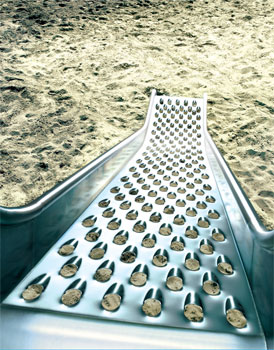Epidermolysis Bullosa Awareness Week 2017

25th - 31st of October, 2017
This week is International Epidermolysis Bullosa (EB) Awareness Week with Wednesday 25 October being EB Awareness Day. There are over 1,000 people currently living in Australia that are affected by EB, many who are infants and young children.
EB is a rare inherited skin fragility disorder caused by mutations in proteins that help glue the skin together leading to blistering of the skin with minor injury. It is a genetic disease with 50% chance of an affected parent passing EB onto their child in an autosomal dominant pattern. There is currently no cure.
Dr Catherine Reid, dermatologist with the Australasian College of Dermatologists (ACD) says: 'EB usually presents at birth or early in life. Blistering occurs on the skin causing raw and inflamed areas which may become infected. There are four main types of EB, which are defined by how deep down in the skin the blistering process occurs."
DEBRA Australia is a not for profit volunteer based organisation that works to support those living with EB. During the month of October, they are asking all foodies to get involved with Dine and Donate, an initiative where individuals, workplaces or restaurants can hold a dining event for the charity.
Sue McKenna from DEBRA says: 'Living with EB has been likened to living with third degree burns. It is very painful, and patients must be bandaged every day with dressings to protect and medicate their wounds. EB patients can go through extremely painful three hour dressing changes every second day."
The Australasian Blistering Diseases Foundation (ABDF) is dedicated to providing information and support to patients with rare auto-immune and hereditary blistering diseases and their families. They also fund valuable research into the cause, diagnosis and treatment of blistering diseases.
Professor Dedee Murrell, President of ABDF and Fellow of the ACD says: 'The ABDF participates in worldwide clinical trials and funds research projects into the cause, diagnosis and treatment of blistering diseases, both locally and internationally."
Dr Reid says: 'Accurate diagnosis of EB is important as each subtype has different patterns, severity and outcomes. The aim of treatment is to reduce the development of new blisters, promote skin healing and prevent infection. Treatments are tailored to the individual. Research is actively being conducted worldwide to find better treatments for people living with this condition."
Professor Murrell says: 'There are currently four EB clinical trials being conducted by Dermatology Trials Australia. These involve topical creams and ointments which we assess for safety, efficiency and other changes. If you know of any patients with EB that could benefit from trials, please contact us. Our goal is to improve the quality of life for patients with skin conditions."
MORE





